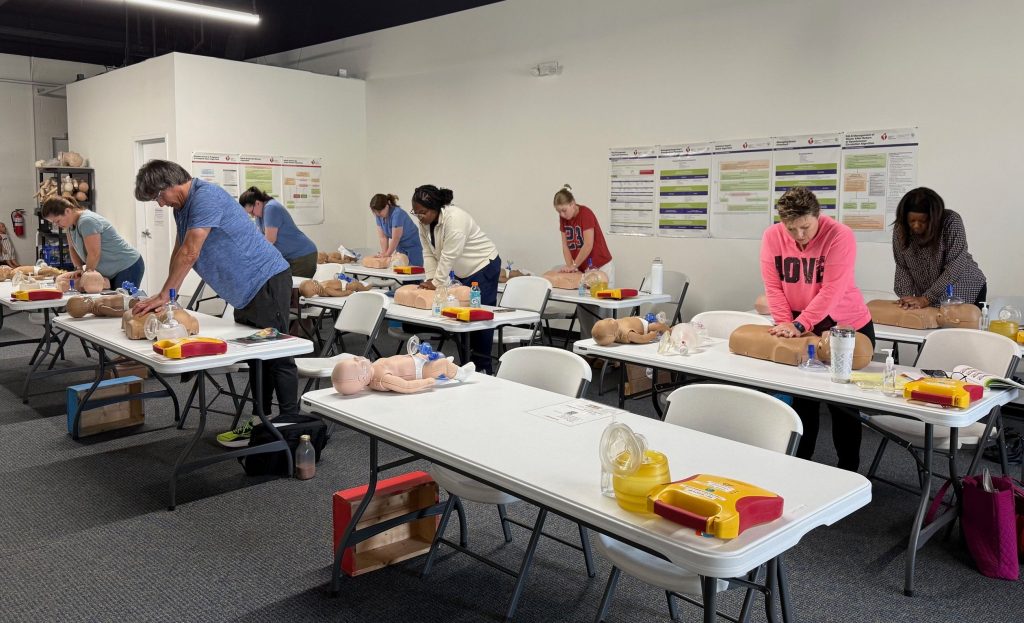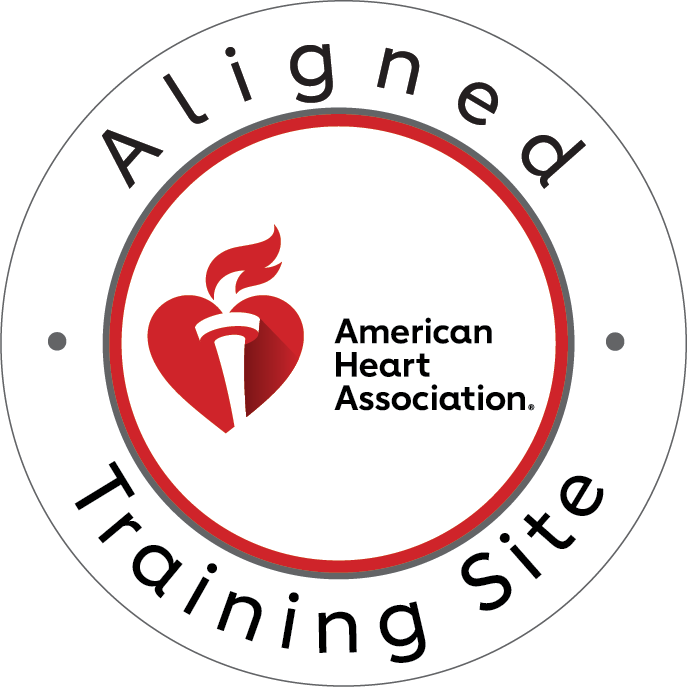Every second counts during cardiac arrest. The precise timing of defibrillator use directly determines whether a patient achieves Return of Spontaneous Circulation (ROSC) and ultimately survives. Understanding the relationship between defibrillator timing and ROSC outcomes can mean the difference between life and death. This comprehensive guide examines the critical factors that influence successful defibrillation and survival rates.
What Influences the Likelihood of Successful Defibrillation?
Several key factors determine defibrillator effectiveness in achieving ROSC. The primary factor remains time to first shock. Research shows that each minute of delay significantly reduces success rates.
Patient-Related Factors: Quality CPR before defibrillation improves electrical conversion success. Adequate chest compressions maintain coronary perfusion pressure. This preparation makes the heart more responsive to electrical therapy.
Technical Factors: Proper pad placement ensures optimal current flow through the heart. Energy levels must match patient needs and device specifications. Modern biphasic defibrillators deliver more effective shocks than older monophasic units.
Environmental Factors: Witnessed arrests have higher success rates than unwitnessed events. Bystander CPR before professional arrival doubles survival chances. Early access to automated external defibrillators (AEDs) in public spaces creates better outcomes.
Recent studies demonstrate that pre-shock and post-shock pause duration affect ROSC likelihood. Minimizing interruptions to chest compressions while preparing for defibrillation improves overall resuscitation success.
Why is Early Defibrillation Important for Survival?
Time serves as the most critical variable in cardiac arrest survival. Ventricular fibrillation rapidly depletes cellular resources. The heart muscle becomes increasingly unresponsive to electrical therapy as minutes pass.
Cellular Level Changes: During ventricular fibrillation, myocardial cells consume oxygen and glucose reserves quickly. ATP depletion makes cell membranes unstable. This instability reduces defibrillation success probability over time.
Neurological Considerations: Brain tissue suffers irreversible damage after 4-6 minutes without circulation. Even if ROSC occurs later, neurological recovery becomes unlikely. Early defibrillation preserves both cardiac and brain function.
Chain of Survival: Early defibrillation forms a crucial link in the cardiac arrest survival chain. Each component – recognition, activation, CPR, and defibrillation – must happen rapidly. Delays in any component reduce overall survival chances significantly.
How Does Time to Defibrillation Affect Survival Rates?
Current research provides compelling evidence about timing effects on survival outcomes. Studies consistently show dramatic decreases in survival with each passing minute.
One-Minute Impact: Recent data reveal that every one-minute delay in defibrillation decreases ROSC likelihood by 19%. This finding emphasizes the urgent need for rapid response systems. The effect compounds over time, making early intervention absolutely critical.
Survival Windows: Research indicates that 90% of patients who survive to 30 days achieve ROSC within the first 15 minutes. This window is earlier than previously thought. The data suggest that prolonged resuscitation efforts beyond this timeframe have diminishing returns.
Statistical Evidence: Studies examining thousands of cardiac arrest cases show clear patterns:
- Immediate defibrillation: 60-80% ROSC rate
- 1-minute delay: 50-65% ROSC rate
- 3-minute delay: 30-45% ROSC rate
- 5-minute delay: 15-25% ROSC rate
These statistics highlight why emergency medical systems prioritize rapid response times and public access defibrillation programs.
What is the 3-Minute Rule in Using a Defibrillator?
The 3-minute rule represents a critical benchmark in cardiac arrest management. This guideline stems from extensive research on optimal timing intervals during resuscitation.
Scientific Foundation: Hospital-based studies show that defibrillation within 3 minutes of cardiac arrest produces significantly better outcomes. Patients receiving shocks within this window have higher survival rates and better neurological recovery.
Clinical Application: Healthcare facilities use the 3-minute rule to evaluate response times. Quality improvement programs track this metric closely. Hospitals implement systems to ensure defibrillators reach patients within this crucial timeframe.
Real-World Challenges: Achieving 3-minute response times requires coordinated systems. Hospitals position defibrillators strategically throughout facilities. Staff training focuses on rapid recognition and immediate response protocols.
Algorithm Integration: Modern ACLS protocols incorporate time-based decision making. The 3-minute benchmark helps clinicians assess response effectiveness. Teams use this standard to refine their emergency procedures continuously.
How Long Do You Have to Achieve ROSC for Successful Outcomes?
The duration of resuscitation efforts significantly impacts both short-term and long-term survival. Understanding these timeframes helps healthcare providers make informed decisions about continuing resuscitation.
Optimal ROSC Timing: Studies demonstrate that ROSC achieved within 15 minutes produces the best survival outcomes. Patients who regain circulation within this window have higher hospital discharge rates. They also show better neurological function at discharge.
Extended Resuscitation: While some patients achieve ROSC beyond 15 minutes, outcomes decline progressively. The likelihood of meaningful recovery decreases significantly after 20-25 minutes. Healthcare teams must balance hope with realistic expectations.
Prognostic Factors: Several factors influence decisions about resuscitation duration:
- Initial rhythm type (shockable vs. non-shockable)
- Witness status and bystander CPR quality
- Patient age and comorbidities
- Response to initial interventions
Quality of Life Considerations: Survival rates alone don’t tell the complete story. Neurological recovery remains the primary concern for long-term outcomes. Families need realistic expectations about potential disabilities and recovery prospects.
Advanced Defibrillator Timing Strategies
Modern resuscitation incorporates sophisticated timing strategies beyond basic shock delivery. These approaches optimize electrical therapy effectiveness.
Synchronized Cardioversion: For patients with unstable ventricular tachycardia, timing shocks to the R-wave improves success rates. This synchronization prevents shocks during the vulnerable refractory period. Proper timing reduces the risk of inducing ventricular fibrillation.
Sequential Defibrillation: Some centers use dual defibrillators for refractory cases. This technique delivers nearly simultaneous shocks from different vectors. Early studies suggest improved conversion rates for persistent ventricular fibrillation.
Temperature Considerations: Hypothermic patients require modified approaches to defibrillation timing. Core temperature affects electrical conduction and drug metabolism. Teams must adjust expectations and protocols accordingly.
Technology and Future Directions
Emerging technologies promise to improve defibrillator timing and effectiveness. These innovations address current limitations in cardiac arrest management.
Predictive Analytics: Machine learning algorithms analyze ECG patterns to predict defibrillation success. These systems help optimize shock timing and energy levels. Early research shows promising improvements in first-shock success rates.
Wearable Defibrillators: Personal defibrillation devices provide immediate therapy for high-risk patients. These systems eliminate transport delays. They represent the ultimate application of early defibrillation principles.
Drone Delivery Systems: Some communities deploy drones carrying AEDs to remote locations. These systems can reach patients faster than ground-based responders. The technology shows particular promise for rural and suburban areas.
Frequently Asked Questions
- Q: How quickly should defibrillation begin after cardiac arrest?
Defibrillation should begin as soon as possible, ideally within 3 minutes of cardiac arrest onset. Every minute of delay reduces the chance of achieving ROSC by approximately 19%. The faster defibrillation occurs, the higher the likelihood of survival and good neurological outcomes.
- Q: What happens if ROSC isn’t achieved within the first 15 minutes?
While 90% of patients who survive to 30 days achieve ROSC within 15 minutes, resuscitation efforts may continue beyond this timeframe based on individual circumstances. However, the likelihood of meaningful recovery decreases significantly, and healthcare teams must consider quality of life factors when making decisions about prolonged resuscitation.
- Q: How does the type of defibrillator affect timing and outcomes?
Modern biphasic defibrillators are more effective than older monophasic units, as they require less energy and cause less tissue damage. AEDs provide voice prompts that help minimize delays in delivering a shock. The key is using any available defibrillator quickly rather than waiting for a “better” option.
- Q: Can CPR quality before defibrillation improve shock success?
Yes, high-quality CPR before defibrillation significantly improves shock effectiveness. Good compressions maintain coronary perfusion pressure and make the heart more responsive to electrical therapy. However, CPR should not delay defibrillation when a defibrillator is immediately available.
Conclusion
Defibrillator timing represents one of the most critical factors in cardiac arrest survival. The evidence clearly demonstrates that rapid defibrillation within 3 minutes provides the best opportunity for ROSC and meaningful recovery. Healthcare providers, first responders, and the public must understand these time-sensitive principles to improve outcomes.
Success depends on coordinated systems that minimize delays at every step. From recognition to activation to intervention, each component must function efficiently. Training programs must emphasize the urgency of rapid response and proper technique.
The future of cardiac arrest care lies in technological innovations that further reduce time to defibrillation. However, the fundamental principle remains unchanged: time is muscle, time is brain, and time is life.
Take Action Today
Don’t wait for an emergency to learn these life-saving skills. CPR Classes Tampa, an American Heart Association training site, offers comprehensive certification programs that teach proper defibrillator use and timing. Our stress-free, hands-on ACLS classes in Tampa prepare healthcare providers with the knowledge and confidence needed to manage cardiac emergencies effectively.
Whether you need initial CPR certification in Tampa or renewal training, our expert instructors provide the latest evidence-based techniques. Join the thousands of healthcare professionals who trust CPR Classes Tampa for their certification needs. Contact us today to schedule your BLS, ACLS, or PALS training and become part of the solution in improving cardiac arrest outcomes.





